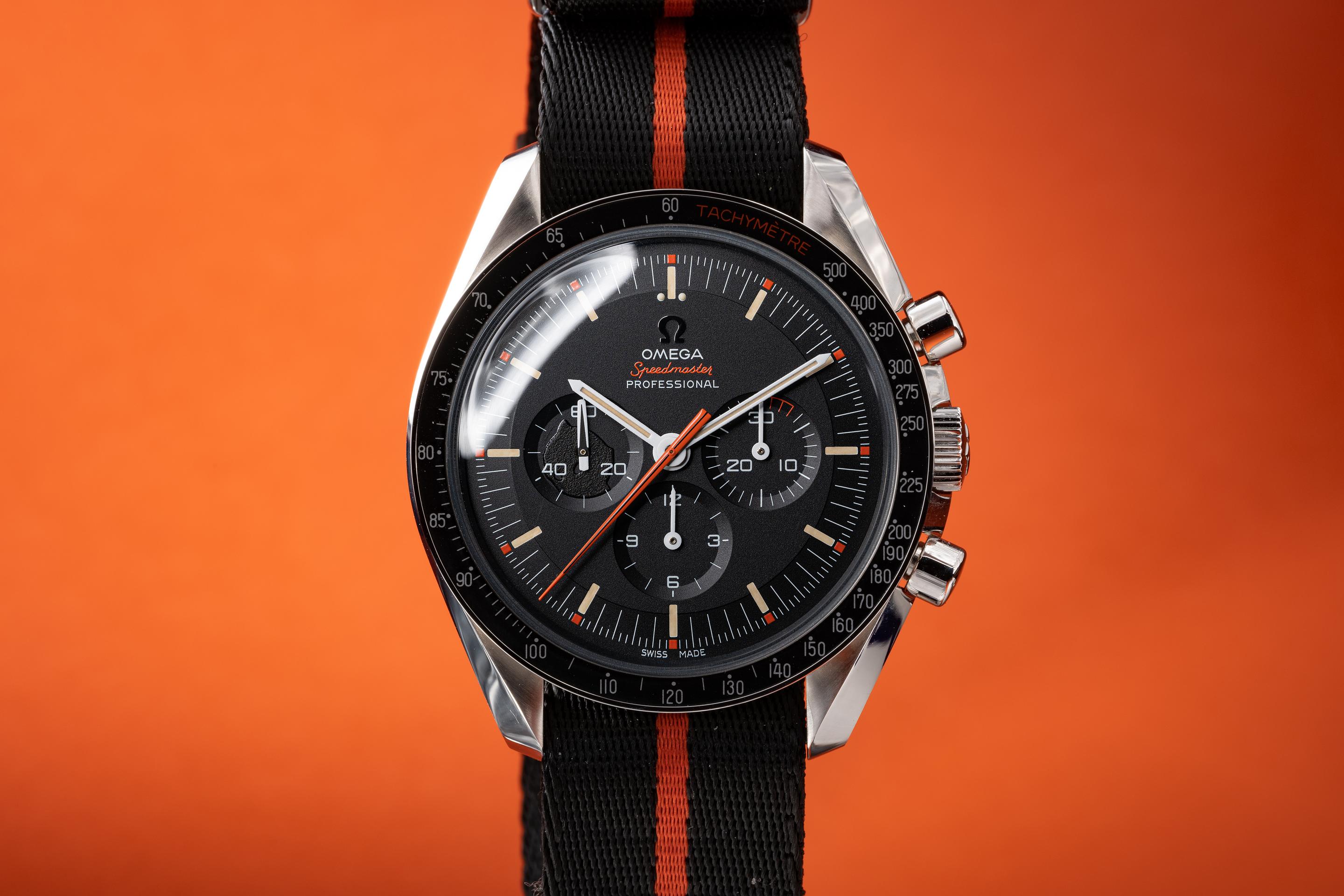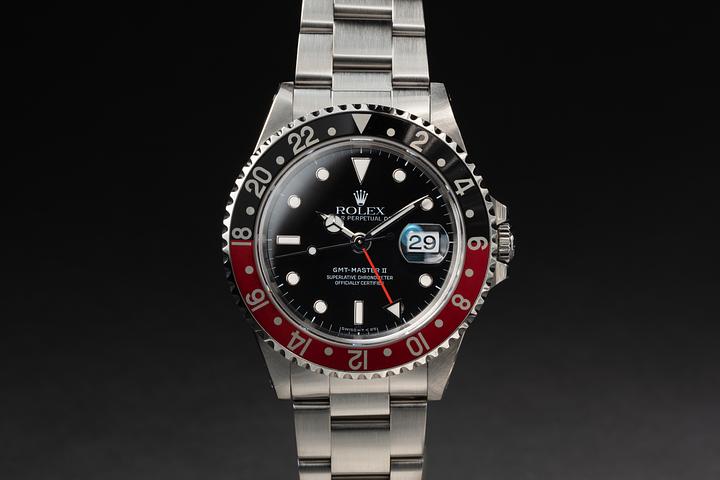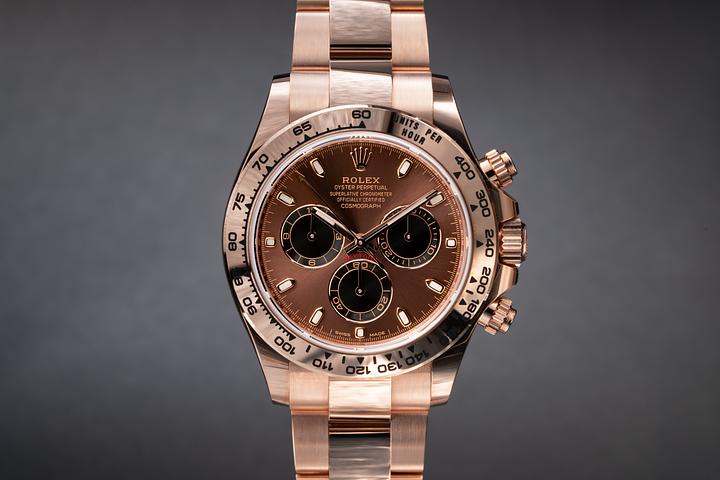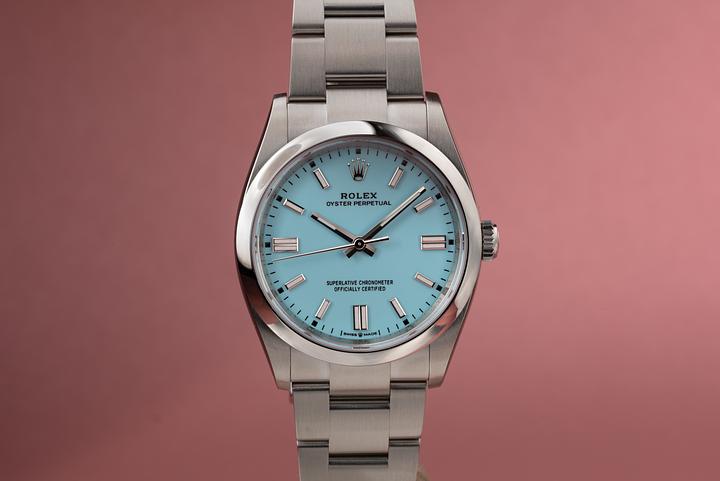Omega x Ultraman: A Legendary Speedmaster Pop-Culture Pairing

Ultraman Meets Omega: The Surprising Intersection Between a Japanese Icon and Swiss Watchmaking Prestige
Alright, let’s just pause for a second and admit something: there are some collaborations in the world of luxury watches that make you nod in appreciation... and then there are the ones that make you do a double take and say, “Wait, what?” The Omega x Ultraman connection is 100% the latter. At first glance, pairing a Swiss watchmaker with laser-focused precision and heritage with a Japanese pop-culture superhero from the 1960s seems like a mismatch. But here’s the thing—it works. And not only does it work, it actually tells a broader story about innovation, cultural impact, and the magic of nostalgic design resurfacing in the high-horology world. So, if you’re here to dig into how a red-and-silver alien defender of Earth ended up as part of Omega’s Swiss watch legacy, well, let’s dive in.
Where It Starts: Omega and the Speedmaster Legacy
Before Ultraman even comes into the picture, you’ve got to understand where Omega was—and still is—in the watchmaking hierarchy. Born in Biel/Bienne, Switzerland in 1848, Omega has been at the forefront of precision timekeeping for over a century and a half. Their hallmark achievements? Let’s see—official timekeeper of the Olympics multiple times, a longstanding pick of NASA (yes, the actual Moon landings) and of course, the originators of the Speedmaster. The Speedmaster Professional, also lovingly known as the “Moonwatch,” achieved cult status after being worn by astronauts during Apollo missions. It’s a classic, robust, instantly recognizable piece of horological history.
Now keep that thought—Omega, Speedmaster, Moon missions—because all of that sets the stage for what’s to come.
So Where Does Ultraman Come In?
The connection traces back to 1967, when the Speedmaster 145.012 made a cameo—an uncredited one at that—on the Japanese TV show "Return of Ultraman." The appearance was brief but iconic. One of the members of the Science Special Search Party (SSSP)—who fought kaiju monsters and alien invaders alongside Ultraman—rocked a Speedmaster on screen. And that’s the seed that eventually blossomed into the 2018 Omega Speedmaster “Ultraman” Limited Edition, officially dubbed the Speedy Tuesday “Ultraman” by Omega and Fratello Watches, a nod to the now famous #SpeedyTuesday online movement celebrating all things Speedmaster each Tuesday on social platforms.
That original episode subtly immortalized a crossover of real-world engineering meeting fictional tech-hero mythology. Pretty wild when you think about it: Swiss chronograph function in a tokusatsu (live-action/special effects) universe built around science fiction and transformation sequences.
The 2018 Omega Speedmaster “Ultraman” Limited Edition
So here’s where things level up. In 2018, Omega officially embraced the pop culture linkage and released the Omega Speedmaster “Ultraman,” a limited edition piece with 2,012 models—a number chosen in homage to the year of Ultraman’s 45th anniversary. Clever nods to the character were scattered across the design DNA. Most visible? The vibrant orange chronograph seconds hand. The same electric orange from the 1967 reference but now directly tied to Ultraman’s signature color palette. The colors aren’t just gimmicks; orange in the 1960s was associated with legibility under combat and scientific field conditions. So this retro future styling actually had practical merit back in the day.
Other design insider details included a black-and-orange theme across the bezel and sub-dials, a special seconds sub-dial at 9 'o clock where Ultraman’s silhouette could be detected under UV light, and typography that leaned into the sci-fi narrative. Omega even included a UV flashlight with each watch—yes, that’s a thing—reinforcing a sense of playful mystery layered over functional Swiss precision. This wasn’t just a watch. It was a story. On your wrist.
The Appeal: Nostalgia, Quality, and Culture Merge
It’s one thing to release a limited edition watch with pop culture notes. It’s another to do it in a way that feels genuinely balanced. Omega pulled this off. The Ultraman Speedmaster wasn’t an excuse to sell plastic flair—it was a legit, properly engineered Speedy with a column of heritage and a brush of clever storytelling. It resonated deeply with both traditional watch collectors and fans of Japanese culture at large. Imagine two fandoms intersecting at a very expensive, very exclusive Venn diagram.
Plus, let’s be real—while watch brands often lean hard into motorsport or aviation tie-ins, a connection to 1960s Japanese TV culture? That’s new ground. That’s also evidence of Omega’s confidence—not just in their product—because the Speedmaster can honestly carry its weight without gimmicks—but in their ability to reach new demographics. They weren’t punching down; they were lifting up a cultural moment and saying, “Yeah. We see value here.”
Technical Specs That Deserve Mention
Alright let’s do our due diligence here—because this watch wasn’t all lights and thematic flair. Brushing aside the Ultraman references for a second, the limited edition sat comfortably within Omega’s Speedmaster line, meaning it used the Caliber 1861 movement. Manual-winding, sturdy, and historically reliable, this is the same movement base that powered the classic Moonwatch—robust enough for space, more than adequate for daily wear or collecting. The 42mm case was made from stainless steel with a Hesalite crystal, not sapphire, which again brings it back to its vintage roots. The NATO strap included echoed Ultraman’s suit colors, while a leather alternative gave it some flexibility in styling. Nicely done, I’d say.
Legacy and What It Means Moving Forward
It’s safe to say that the Speedmaster “Ultraman” proved something kind of major: that legacy brands like Omega can play in unconventional spaces without losing legitimacy. In fact, it’s often these playful nods—when executed intelligently—that generate some of the most fervent passion in the watch community. It broadened their appeal while strengthening the nerdcore bond at the intersection of design and storytelling. For Omega, the collaboration wasn’t a dilution—it was an expansion, an admittedly nerdy love letter to both a classic character and a classic chronograph.
Now collectors chase that 2018 release almost feverishly. Market prices reflect that urgency. And it teaches a lesson that’s subtle but important in luxury goods: nostalgia, when rooted in design precision and executed thoughtfully, doesn't cheapen—it enhances. Sometimes, it takes a red-and-silver superhero to remind a high-horology brand that stories sell just as powerfully as specs.




